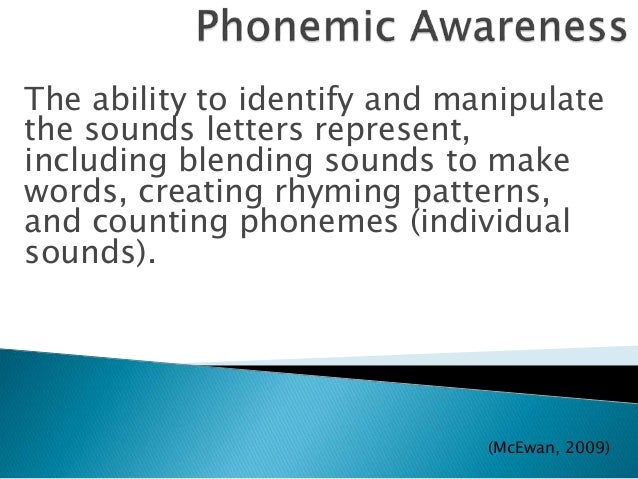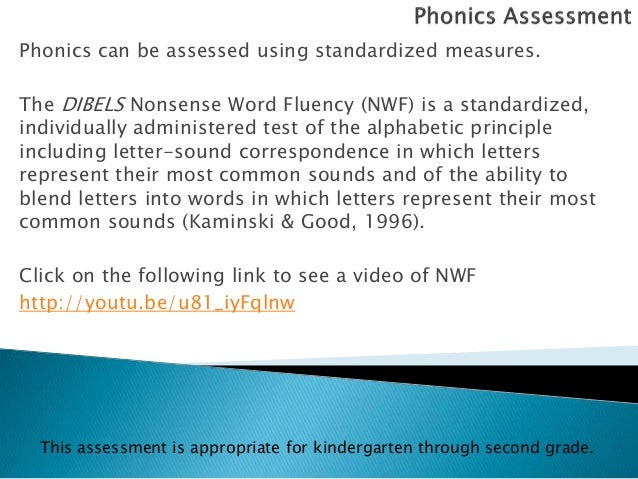
What Are The 5 Components Of A Balanced Literacy Program Lucy Calkins
382 shares And a FREE BALANCED LITERACY Resource to get you started! 2019 is the Year of BALANCED LITERACY!

Are YOU READY to update your literacy block? Balanced Literacy: Here is your PLAN for the New Year!The Why? This Week: Shared / Interactive WritingBalanced literacy has been defined as “an approach designed to help individual students learn how to process a variety of increasingly challenging texts with understanding and fluency.” (Fountas & Pinnell, 2001)It is an approach to teaching. NOT a curriculum.
It is HOW we teach our students to be independent readers and writers. It is NOT what books we use to teach them.Balanced Literacy has been defined in “components” or “pieces” of literacy instruction. This 8-week series will focus on the components of a complete BALANCED LITERACY program. We will focus on clear and concise definitions. Definitions that educators can discuss in collaborations. A “common language” where we can learn from each other and with each other.The 8 components we will focus on are:.
Read Alouds. Shared Reading. Guided Reading. Independent Reading.
Modeled / Interactive Writing. Shared Writing. Guided Writing / Writer’s Workshop. Word WorkEach week we will focus on one area of Balanced Literacy and share experiences, teacher tips, and resources to support and expand our Balanced Literacy repertoire.
This week: Shared / Interactive Writing. This week we jump into Shared & Interactive Writing! You can’t THINK of Writing without thinking LUCY CALKINS! Shared Writing During shared writing, the teacher transcribes the entire text while engaging students in a rich discussion about how the text should be composed. Shared writing is taught to small groups or a whole class in briskly paced, 5- to 20-minute lessons.
Plan lessons for types of writing that present particular challenges to your students. First, develop and extend children’s background and language knowledge on a topic or experience of interest. Establish a purpose for the writing and an intellectually engaging opportunity for students to apply new learning.
Students might write a letter to a local newspaper or write directions for a new game they have developed. Write the entire text yourself in front of students (using chart paper or document viewer) while requesting input from students regarding aspects of the writing where they most need to expand their expertise. Consider, for example, whether your students need to focus attention on paragraph structure, word choice, or sentence expansion. During the writing, model processes needed by your students. Have a small whiteboard available, for example, to demonstrate to students how to say a word slowly and write sounds heard into “sound boxes” (Clay, 2006) before writing a phonetically regular word into the text for them. For older students, begin with a root word and demonstrate how to add prefixes or suffixes to a new word. Demonstrate in-the-moment revision during shared writing as necessary to construct a strong draft.
Reread the text to students from time to time to discuss what needs to be written next or to monitor whether or not the text conveys information clearly. Add a word using a caret, for example, or delete unneeded text. Do not deliberately make errors during shared writing. Model the immediate construction of a high-quality draft. Read the completed text to students.
Take a few minutes to have students orally summarize what has been learned about writing during this session. Post the text in an accessible spot in the classroom, and provide opportunities for students to read or use the text multiple times over the next several days or weeks.Shared writing is a process teachers use to help children to understand how to write a particular kind of text and to provide them with a model piece of writing to emulate.
It involves a teacher producing some text on the board with input from the class. The students ” discuss and collaborate” while the teacher is the scribe.The main difference between shared and interactive writing is who is holding the pen. In shared writing, the teacher holds then pen and serves as the scribe. The teacher also serves the roles of summarizer of ideas, questioner, and prompting for quick decisions on spelling and print concepts. Interactive Writing Interactive writing is a cooperative event in whichteacher and children jointly compose and write text.Not only do they share the decision about what theyare going to write, they also share the duties ofscribe.

The teacher uses the interactive writing session to model reading and writing strategies as he or she engages children in creating text.Through questioning and direct instruction, the teacher focusesthe children’s attention on the conventions ofprint such as spaces between words, left-to-rightand top-to-bottom directionality, capital letters,and punctuation.